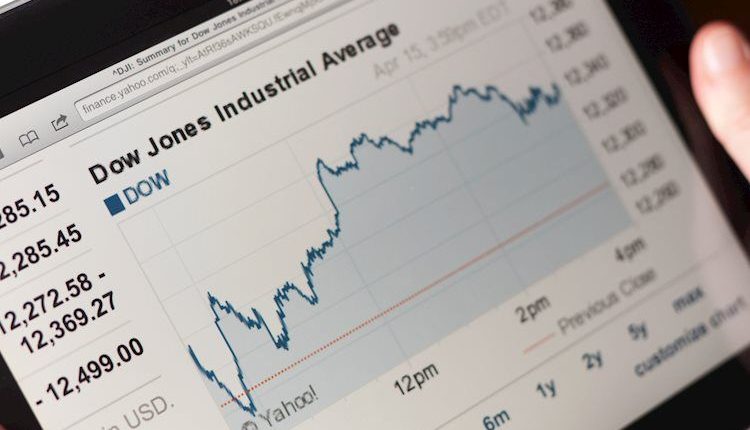- The Dow Jones waffled near the 43,000 handle on Tuesday.
- Equities are grappling with an uptick in yields.
- A lack of confident tone from Fed officials leaves stocks hanging in overbought territory.
The Dow Jones Industrial Average (DJIA) struggled to find its feet near the 43,000 handle on Tuesday. The major index pulling into the midrange as bulls struggled to respond to a near-term decline that kicked off the trading week.
Earnings season is well underway, helping to bolster investor confidence enough to keep losses contained despite equity prices trading deep into overbought territory and most of the market’s favored stocks trading at eye-watering ratios. Equity giants Tesla (TSLA) and Coca-Cola (COKE) will report Q3 earnings on Wednesday, with Honeywell (HON) slated for Thursday.
On Tuesday, General Motors (GM) and Philip Morris (PM) handily beat Wall Street expectations, raising their full-year earnings guidance. Meanwhile, Verizon (VZ) flubbed its latest earnings call, with revenue missing expectations.
Dow Jones news
Despite a cautious start to the day, roughly two-thirds of the Dow Jones are trading into the green on Tuesday. Microsoft (MSFT) rose 2.3% to $428.50 per share, followed by retail giant Walmart (WMT), which gained 1.5% to touch $82 per share. On the low side, Verizon (VZ) crumpled 4.5%, declining below $42 per share after flubbing earnings expectations.
Dow Jones price forecast
Despite a near-term pullback, the Dow Jones remains in a firmly bullish pattern, with the major equity index trading well above its 50-day and 200-day Exponential Moving Averages (EMA) at 41,788 and 39,453, respectively. DJIA prices have been grinding higher since August’s swing low into 38,400, adding nearly 13% bottom-to-top.
The Moving Average Convergence-Divergence (MCAD) is breaking the needle printing in bullish territory, however a contracting histogram is hinting at slowing bullish momentum that has been underpinning the Dow Jones for most of 2024. Despite a deep overbought print on the MACD, potential for downside price action remains limited with the Dow Jones poised for a sixth consecutive month in the green.
Dow Jones daily chart
Risk sentiment FAQs
In the world of financial jargon the two widely used terms “risk-on” and “risk off” refer to the level of risk that investors are willing to stomach during the period referenced. In a “risk-on” market, investors are optimistic about the future and more willing to buy risky assets. In a “risk-off” market investors start to ‘play it safe’ because they are worried about the future, and therefore buy less risky assets that are more certain of bringing a return, even if it is relatively modest.
Typically, during periods of “risk-on”, stock markets will rise, most commodities – except Gold – will also gain in value, since they benefit from a positive growth outlook. The currencies of nations that are heavy commodity exporters strengthen because of increased demand, and Cryptocurrencies rise. In a “risk-off” market, Bonds go up – especially major government Bonds – Gold shines, and safe-haven currencies such as the Japanese Yen, Swiss Franc and US Dollar all benefit.
The Australian Dollar (AUD), the Canadian Dollar (CAD), the New Zealand Dollar (NZD) and minor FX like the Ruble (RUB) and the South African Rand (ZAR), all tend to rise in markets that are “risk-on”. This is because the economies of these currencies are heavily reliant on commodity exports for growth, and commodities tend to rise in price during risk-on periods. This is because investors foresee greater demand for raw materials in the future due to heightened economic activity.
The major currencies that tend to rise during periods of “risk-off” are the US Dollar (USD), the Japanese Yen (JPY) and the Swiss Franc (CHF). The US Dollar, because it is the world’s reserve currency, and because in times of crisis investors buy US government debt, which is seen as safe because the largest economy in the world is unlikely to default. The Yen, from increased demand for Japanese government bonds, because a high proportion are held by domestic investors who are unlikely to dump them – even in a crisis. The Swiss Franc, because strict Swiss banking laws offer investors enhanced capital protection.
Read the full article here

